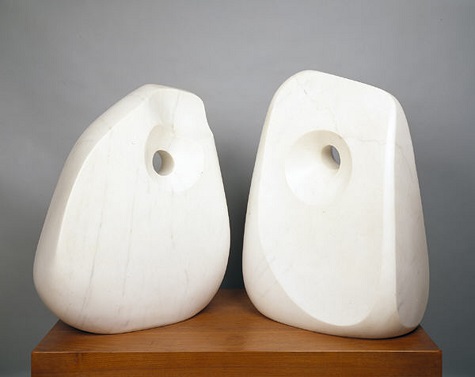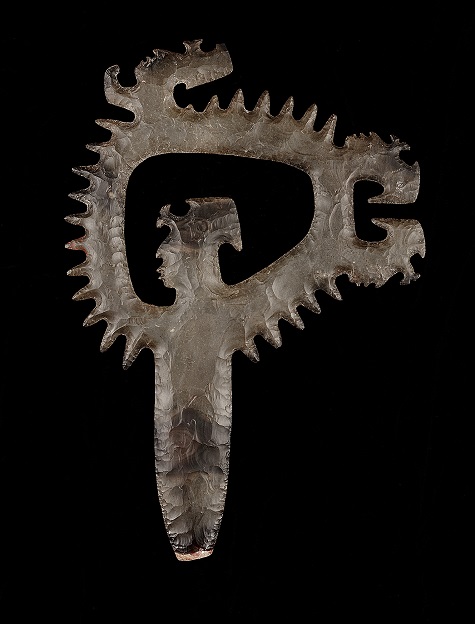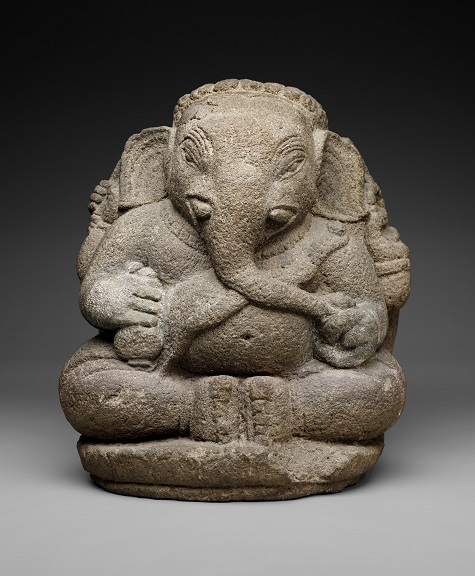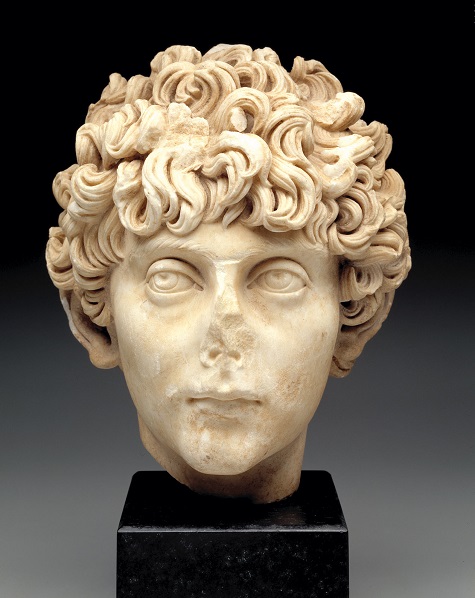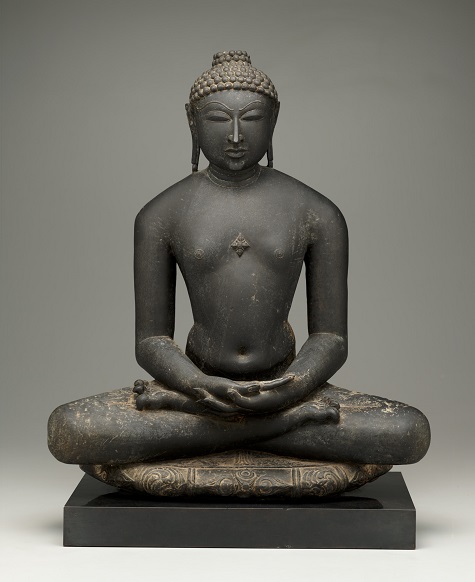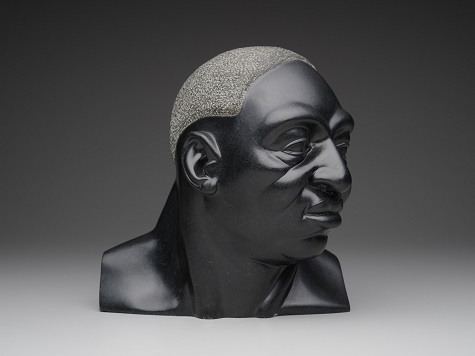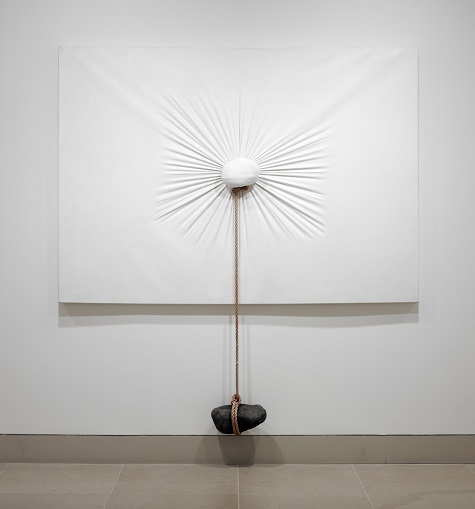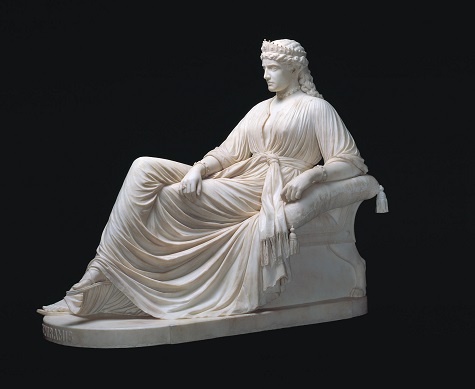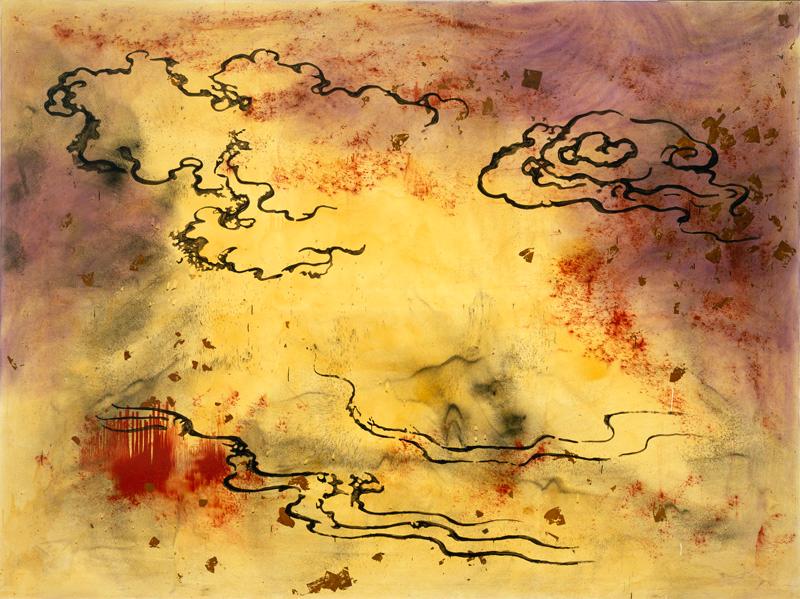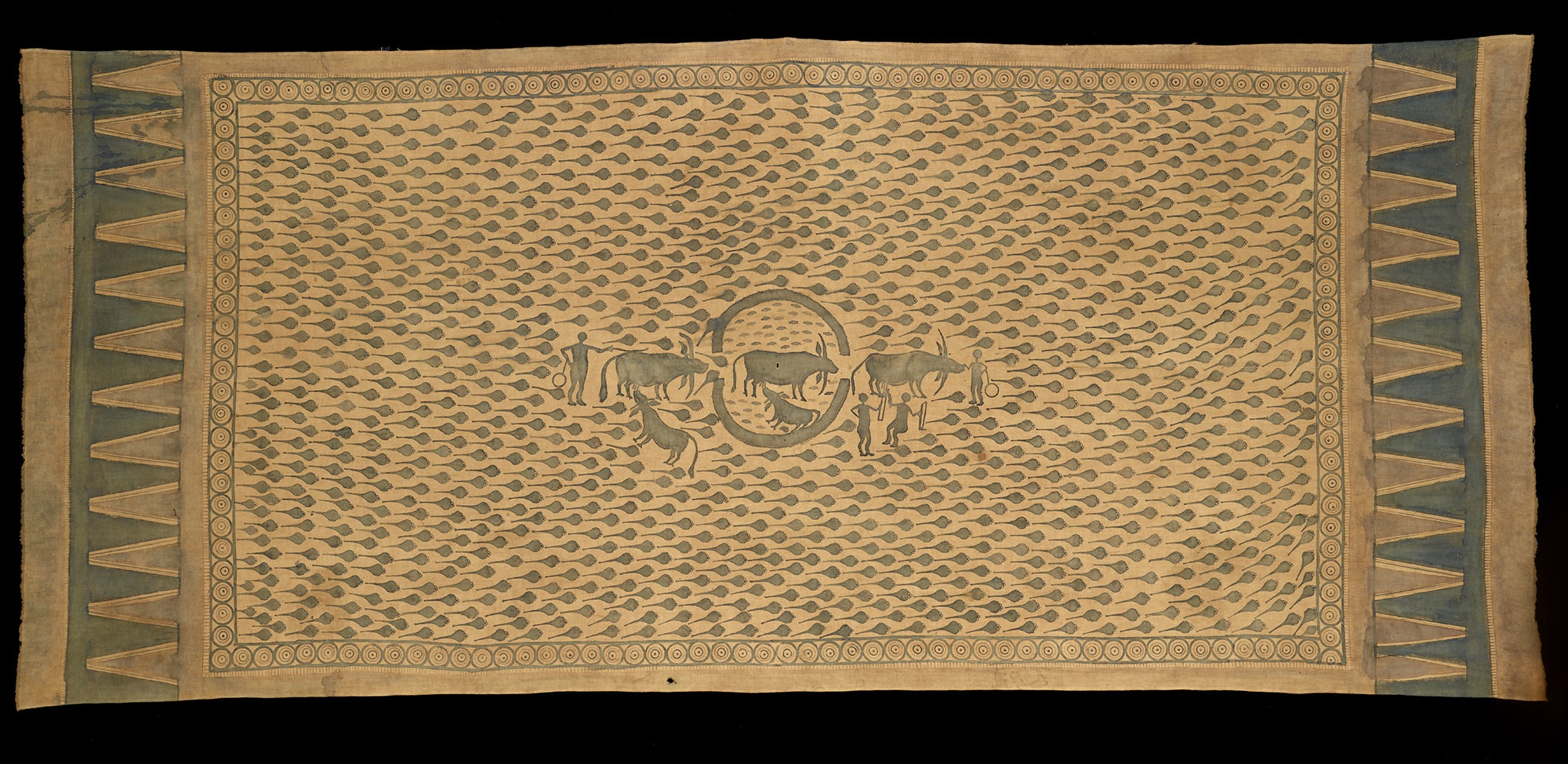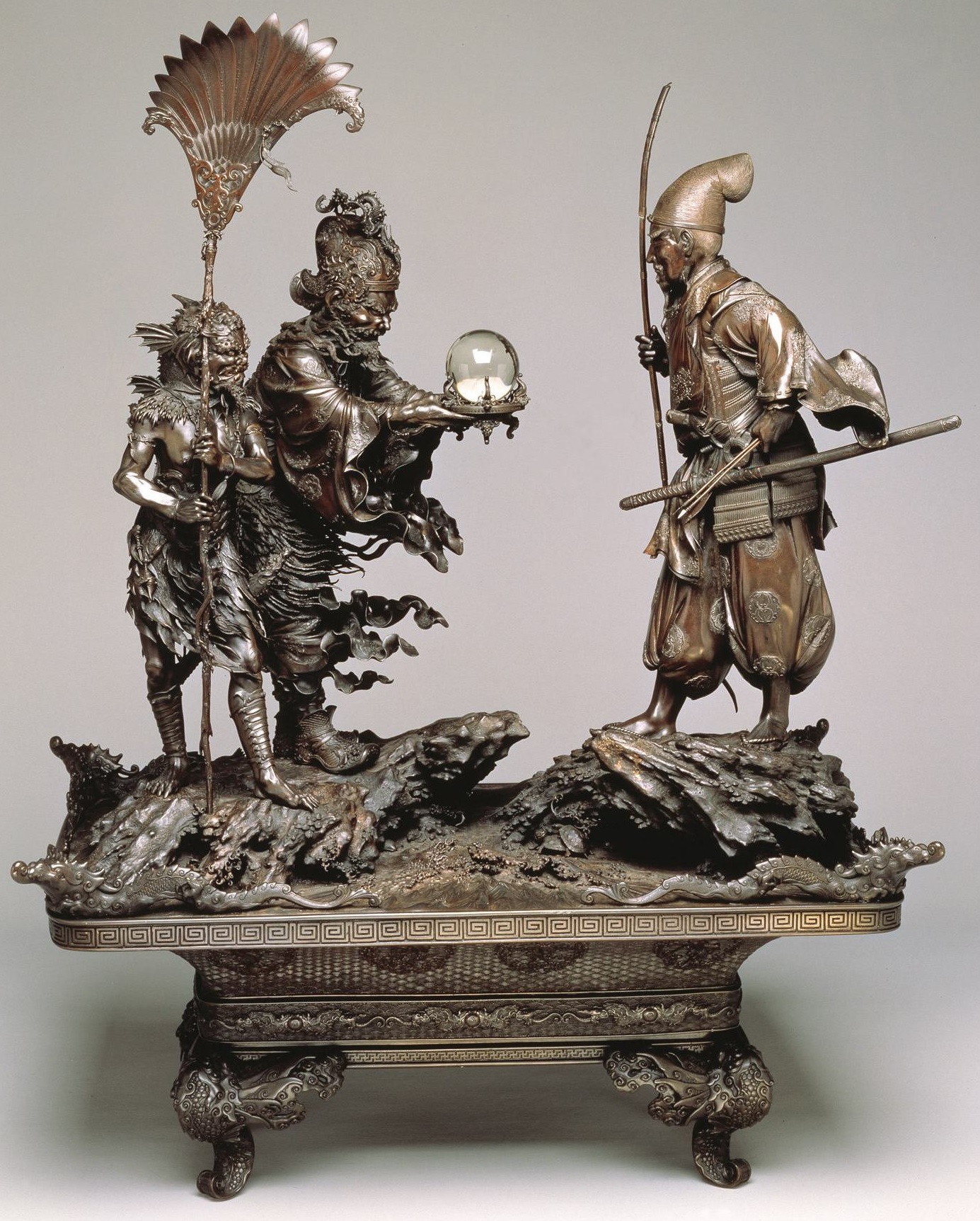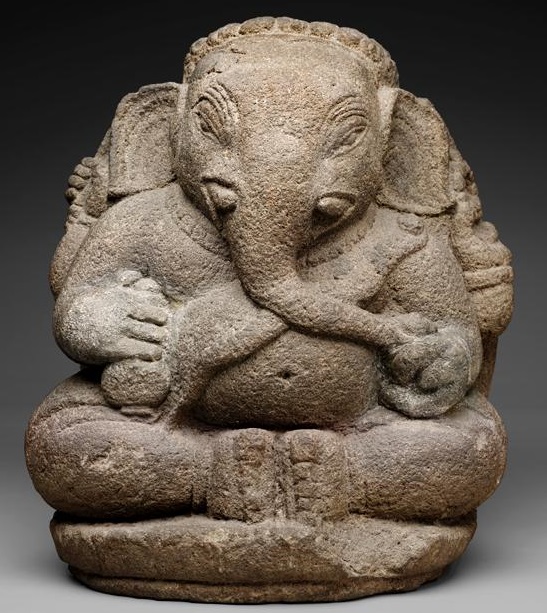We’re well prepared for tomorrow’s “Collect Rocks Day” with a number of works in our collection made from various forms of stone. Explore some of the DMA’s rockin’ works below and add them to the “must see” list on your next visit to the Museum.
- Barbara Hepworth, “Contrapuntal Forms (Mycenae),” 1965, carrara marble and teakwood base, Dallas Museum of Art, gift of Mr. and Mrs. James H. Clark
- Eccentric flint with heads of K’awil, Maya, Late Classic, A.D. 600-900, flint, Dallas Museum of Art, bequest of Mr. and Mrs. Lawrence S. Pollock, Jr.
- Ganesha, Java, Majapahit Empire, Indonesia, Asia, 14th century, stone, Dallas Museum of Art, Dallas Art Association Purchase
- Head of a Roman youth, Roman Empire, c. A.D.140-170, marble, Dallas Museum of Art, gift of Norbert Schimmel, in memory of Betty Marcus
- Jina, Rajasthan, India, probably 14th century, black stone, Dallas Museum of Art, gift of the Junior Associates
- Michael G. Owen Jr., “Leadbelly,” 1943, black serpentine, Dallas Museum of Art, Mr. and Mrs. Tom Gooch Fund Purchase Prize, Twelfth Annual Texas Painting and Sculpture, 1950-1951
- Nobuo Sekine, “Phase of Nothingness–Cloth and Stone,” 1970/1994, cloth, stone, rope, and panel, The Rachofsky Collection and the Dallas Museum of Art through the DMA/amfAR Benefit Auction Fund
- William Wetmore Story, “Semiramis,” designed 1872, carved 1873, marble, Dallas Museum of Art, gift of Morynne and Robert E. Motley in memory of Robert Earl Motley, Jr., 1942-1998
